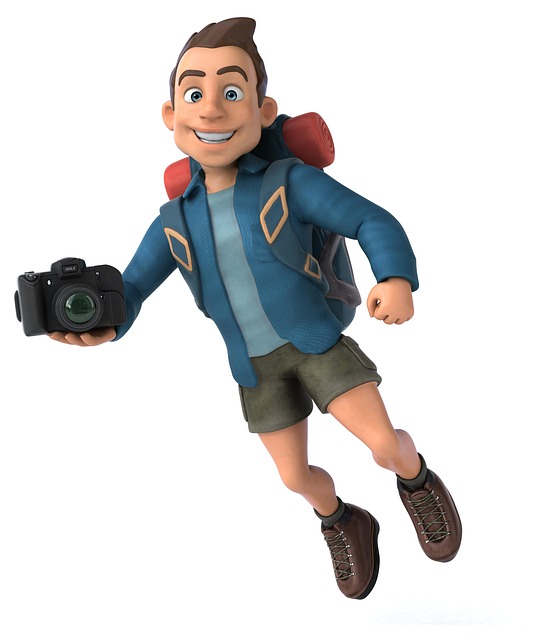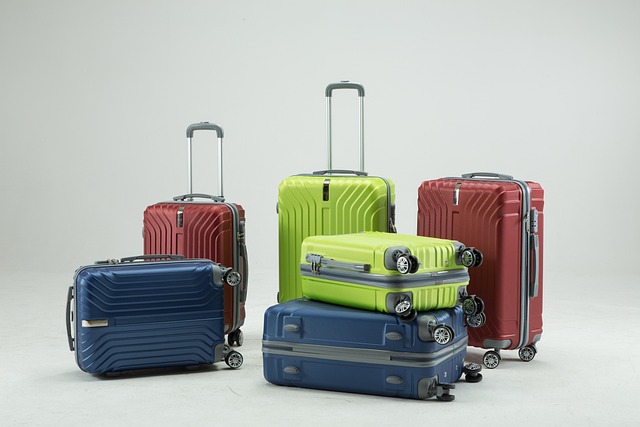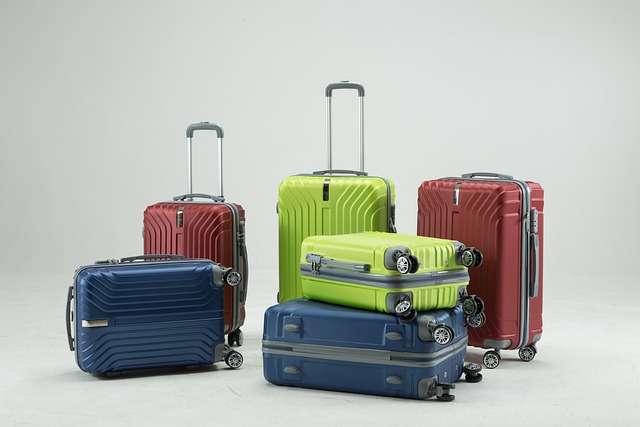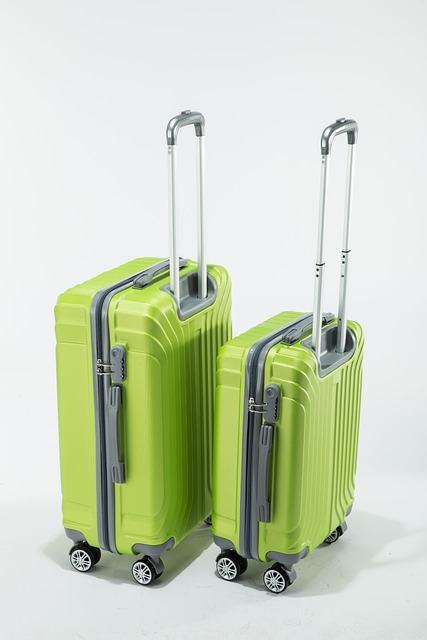Choosing durable materials like waterproof nylon and robust ripstop for your bug-out bag is key to protecting essentials in extreme conditions. Include vital survival tools, food storage, shelter items, and skills training. Select a versatile, lightweight backpack with adjustable compartments for comfort during treks. Prioritize water resistance with a waterproof backpack to protect maps, fire starters, and first aid. Rigorously test your bug-out bag in simulated scenarios to ensure durability and accessibility.
In the face of extreme conditions, a reliable bug-out bag can be your lifeline. Choosing the right backpack is crucial for wilderness survival; it must be durable, versatile, and well-designed to withstand harsh elements. This comprehensive guide offers essential backpack recommendations, detailing material selection, packing strategies, size considerations, water resistance, and testing methods to ensure you’re prepared for any emergency scenario. Discover expert tips for building your ideal bug-out bag.
- Choosing the Right Material for Durability
- Essential Gear: What to Pack for Survival
- Size and Weight: Balancing Comfort and Necessity
- Water Resistance: Protecting Your Contents
- Testing Your Bag: Preparing for the Unknown
Choosing the Right Material for Durability
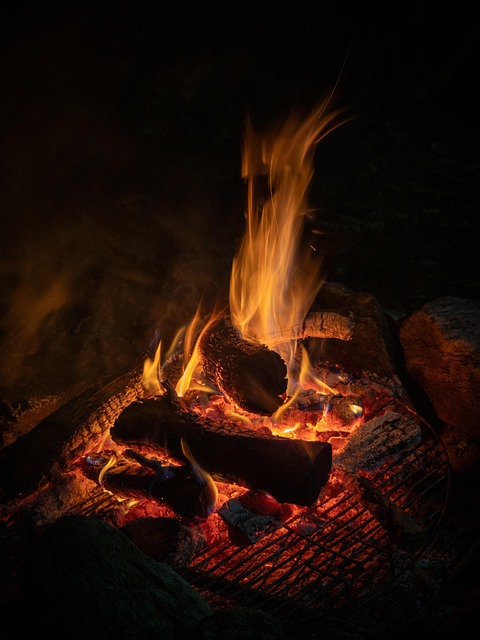
When it comes to choosing a backpack for extreme conditions and wilderness survival, the material is your first line of defense. Opting for durable, high-quality materials ensures your bug-out bag recommendations for wilderness survival can withstand the elements and the rigors of outdoor travel. Waterproof nylon or robust, ripstop fabric are excellent choices, offering protection against rain, snow, and tearing.
Consider a pack with reinforced seams and sturdy zippers that won’t easily give way under stress. This is especially crucial for your 72-hour survival pack list, as you’ll rely on it to keep essential items safe and accessible. Remember, the right material can make all the difference in keeping you prepared and protected during unforeseen adventures, so don’t underestimate this key aspect when building your minimalist survival kit for travelers or preparing for any emergency situation. Give us a call at self-reliance kit building guide for expert advice.
Essential Gear: What to Pack for Survival

When preparing for extreme conditions and wilderness survival, packing the right gear is paramount to your safety and success. A well-equipped bug-out bag should be your primary companion when venturing into remote areas or facing emergency situations. Start with essentials like a reliable water filtration system, allowing you to access clean drinking water from various sources. Next, include high-quality survival tools such as a multi-tool, fire starter kits, and a compact but powerful flashlight for navigating through the dark.
Don’t underestimate the importance of food storage solutions; pack lightweight yet calorie-dense snacks and dried foods that are easy to prepare in challenging conditions. Also, consider adding items for shelter, like tarp and rope, which can provide temporary protection from the elements. For an all-around bug-out bag, mix essential survival skills training programs knowledge with practical tools, ensuring you’re prepared for any scenario. Find us at bushcraft emergency shelter options for more inspiration on assembling your ultimate wilderness survival kit.
Size and Weight: Balancing Comfort and Necessity

When preparing for extreme conditions and wilderness survival, the right backpack is an indispensable component of your bug-out bag recommendations. However, selecting the appropriate size and weight becomes a delicate balance between comfort and necessity. For remote areas where self-reliance kit building guides suggest carrying all your essentials, choosing a lighter pack might be tempting. Yet, it’s crucial to consider that in harsh environments, every extra gram counts—especially when it comes to water filtration systems for outdoorsmen.
A versatile backpack that offers adjustable compartments and ergonomic straps can make all the difference during extended treks or unforeseen situations. Look for models that prioritize comfort without sacrificing capacity. Remember, a well-designed emergency shelter building technique might be futile if your pack is too heavy to carry. Find us at emergency preparedness bag for remote areas, where durability meets lightweight design, ensures you’re ready for any challenge, whether navigating dense forests or setting up camp in rugged terrain.
Water Resistance: Protecting Your Contents

When considering a bug-out bag recommendations for wilderness survival, water resistance is a critical feature to look out for. The ability to keep your contents dry is paramount, especially in unpredictable weather conditions that are common during off-the-grid living or bushcraft adventures. A waterproof backpack ensures that your essential items, from maps and fire starters to first aid supplies and minimal survival kit for travelers, remain intact and functional.
Many high-quality backpacking gear, like those offered by biodegradable wilderness survival tools, come with water-resistant coatings or fully sealed compartments. These features not only protect against splashes but also full immersion in water. This is crucial when navigating rivers, crossing streams, or dealing with unexpected downpours during your journey. Remember that proper bushcraft gear maintenance tips, including regular checks and updates of waterproof treatments, are essential to keep your bag’s protection at its peak.
Testing Your Bag: Preparing for the Unknown

Before settling on any backpack for wilderness survival, it’s paramount to thoroughly test its capabilities—particularly when considering a bug-out bag recommendations for extreme conditions. Imagine scenarios where you’ll need your gear most: dense forests, rugged terrain, or unpredictable weather. Pack your 72-hour survival pack list with essential items and embark on simulated hikes and camping trips. This real-world testing allows you to assess the comfort, durability, and functionality of the bag during extended use.
During these trials, pay close attention to how easily you can access what to pack in a 72-hour kit. Are items within reach when your hands are gloved or wet? Does the bag’s design facilitate quick organization and retrieval of essential gear like emergency shelter building techniques? A well-tested backpack should adapt to various conditions, ensuring you’re prepared for anything nature throws your way. For the best in waterproof emergency kit containers, visit us anytime.
When selecting your ideal bug-out bag, consider the crucial elements discussed in this article. Choosing a backpack that’s durable, water-resistant, and appropriately sized is essential for wilderness survival. Test it out to ensure its readiness when facing the unknown. With the right gear, you’ll be prepared to tackle extreme conditions, giving you peace of mind and an enhanced chance of survival.
